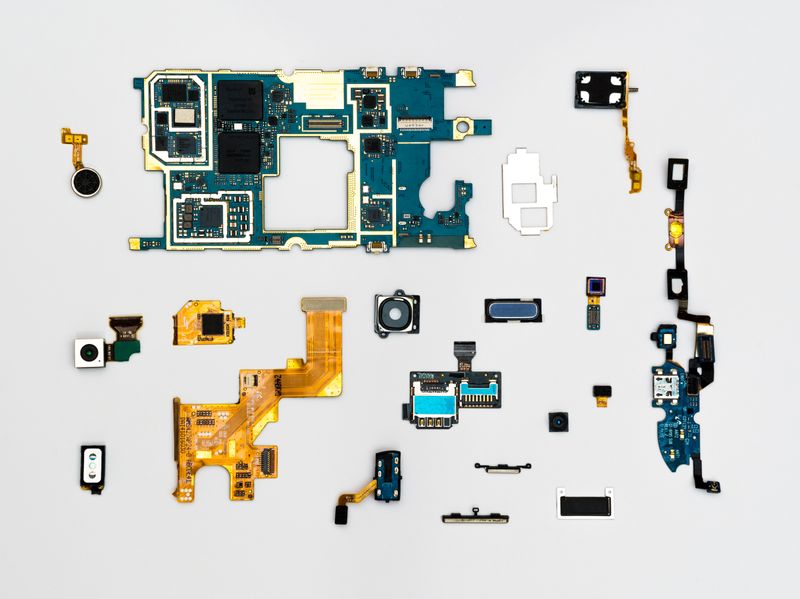Three Signs in the Eyes That Could Indicate a Cluster Headache
Introduction
Cluster headaches are a debilitating form of headache characterized by excruciating pain that is often described as a “papercut” in the center of the head and a “white-hot poker” in the eye socket. They typically affect one side of the head and can cause severe discomfort. While these headaches are rare, they are more common in men and tend to occur in individuals in their 30s or 40s. In this article, we will explore three signs in the eyes that could indicate the presence of a cluster headache and discuss the importance of seeking medical attention for proper diagnosis and treatment.
The Three Eye Signs
When it comes to cluster headaches, the eyes can be a valuable source of clues regarding the condition. According to the National Health Service (NHS), the following signs may manifest in the eyes:
1. A Red and Watering Eye
During a cluster headache episode, the affected eye may become red and teary. This can be attributed to the intense pain experienced around the eye area. The exact cause of this symptom is not fully understood, but it is believed to be related to the activation of certain nerve pathways that contribute to the headache.
2. Drooping and Swelling of One Eyelid
Another prominent sign of a cluster headache is the drooping and swelling of one eyelid. This condition, known as ptosis, occurs due to the activation of the trigeminal nerve, which innervates the facial muscles and senses pain and touch in the face. The specific mechanisms behind the eyelid drooping and swelling are still under investigation, but they are thought to be related to the dilation of blood vessels and inflammation in the affected area.
3. A Smaller Pupil in One Eye
In some cases, an individual experiencing a cluster headache may notice that the pupil in the affected eye appears smaller than usual. This condition, called miosis, is a result of the activation of the autonomic nervous system, which controls certain involuntary responses, including the size of the pupils. The exact reason behind this symptom is not fully understood, but it is believed to be related to the constriction of blood vessels in the eye.
The Importance of Seeking Medical Attention
If you are experiencing these eye symptoms along with severe headaches, it is crucial to seek medical help as soon as possible. Cluster headaches are rare, and proper diagnosis is essential for effective treatment. The NHS advises individuals who suspect they may be experiencing a cluster headache to see a general practitioner (GP) promptly. Upon examination, the GP might inquire about your symptoms and medical history and may refer you for further tests, such as a brain scan, to rule out other conditions that can present similar symptoms.
Specialist Care and Treatment Options
If you are diagnosed with cluster headaches, it is likely that you will be referred to a specialist, such as a neurologist, who will work with you to develop a treatment plan. Over-the-counter painkillers, such as paracetamol, may not be effective in managing cluster headaches. However, there are alternative treatment options available. These may include prescription medications, such as triptans or oxygen therapy, which can help alleviate the pain associated with cluster headaches.
Conclusion
Cluster headaches are a severe form of headache that can cause excruciating pain. If you notice any of the aforementioned eye signs along with severe head pain, it is crucial to seek medical attention. Prompt diagnosis by a healthcare professional can help determine the best course of treatment and provide relief from these debilitating headaches. Remember, you do not have to suffer in silence. Seek medical help and explore the available treatment options to manage and alleviate the symptoms of cluster headaches.

<< photo by Andrea Piacquadio >>
The image is for illustrative purposes only and does not depict the actual situation.




